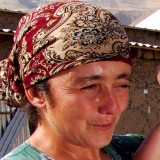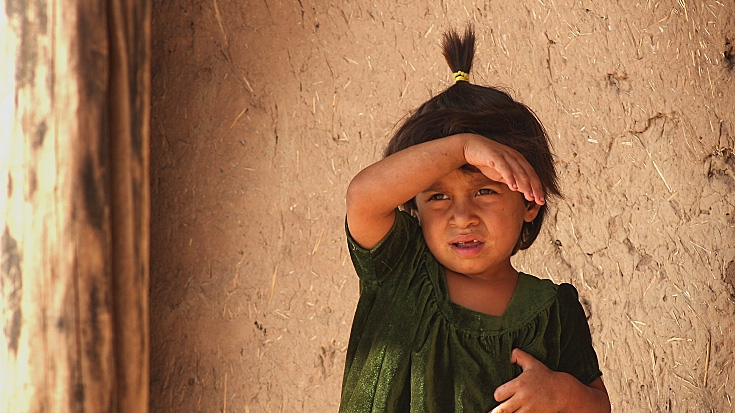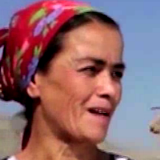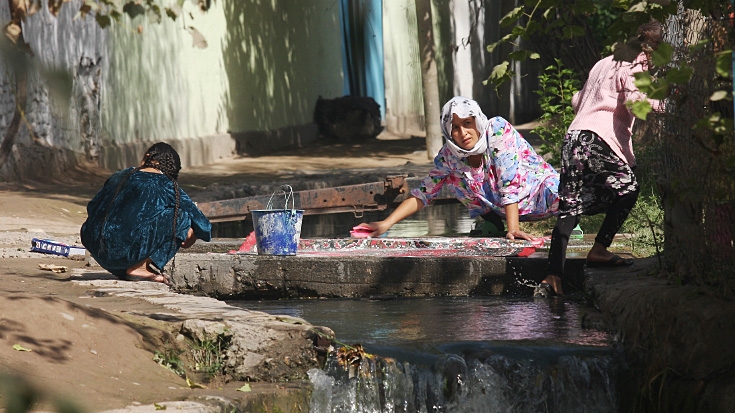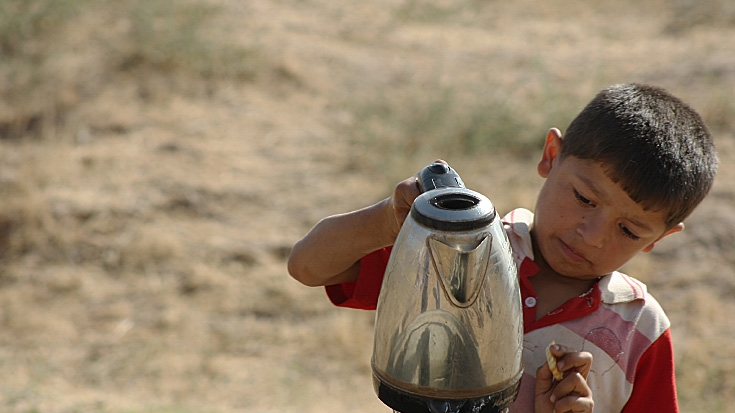In the dry and dusty regions of Khatlon, Tajikistan, not too far from the Afghan border, Umeda Rasulova lives with her four kids and a husband who is lucky to get occasional work. There is not very much water, she owns no farm animals, and has no vegetable garden. She relies on money from the government to buy life-saving necessities. “We have no water and firewood. So this money is for electricity, which we cook with, and for food.”
Her next-door neighbor, Qurbongul Sherova, who has five kids, has been on public assistance for two years. She is a housewife and her husband has steady work, but doesn’t bring home enough money to keep the family afloat. “We receive 100-200 somoni each year and it helps us improve our life and improve the condition of this house. Without the assistance, we wouldn’t have doors or windows on the house.”
